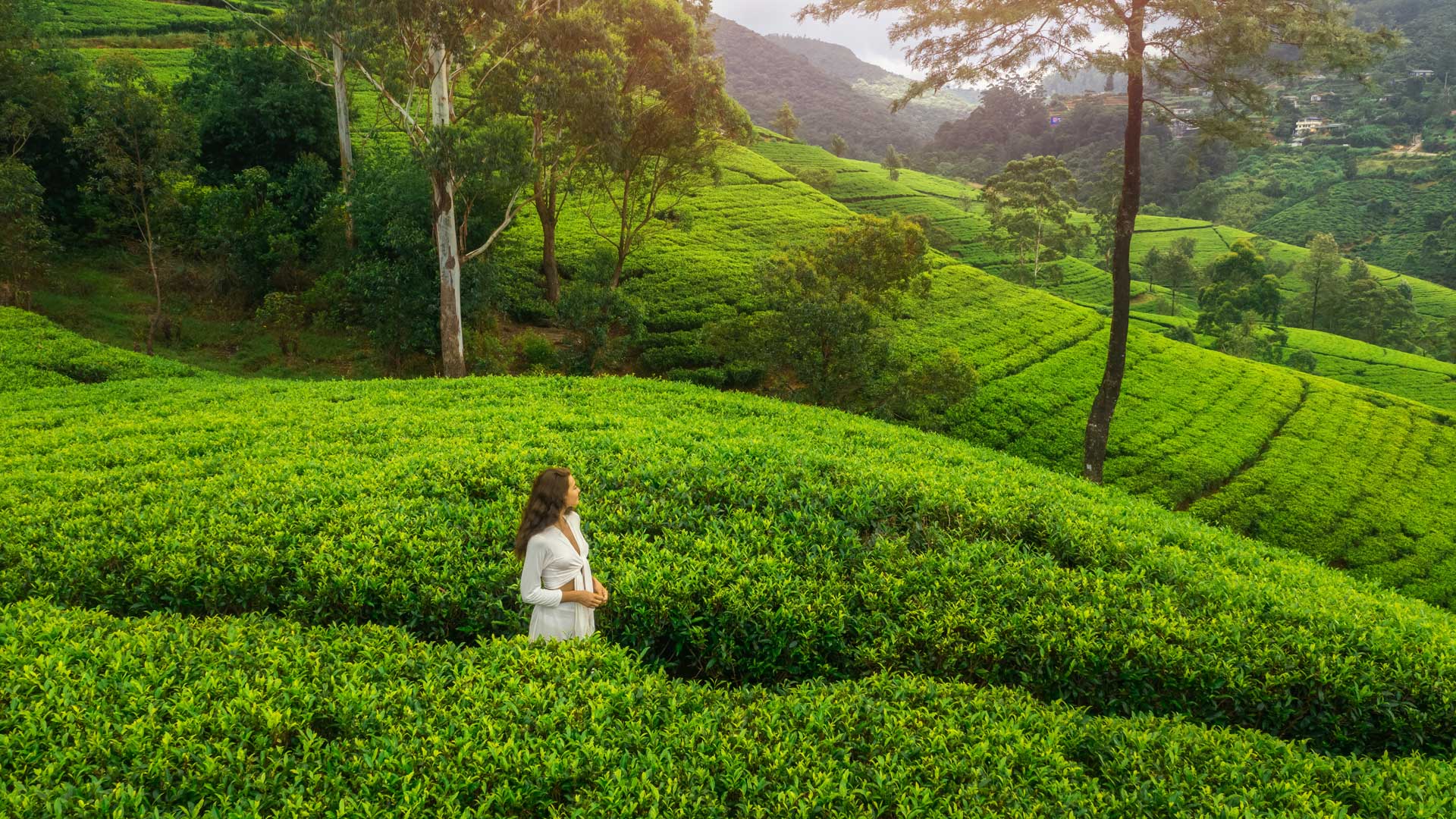
Web Admin
06:02:46 February 21, 2024
Nestled just north of the equator in the Indian Ocean, Sri Lanka enjoys a tropical climate that is as diverse as the island itself. From the sun-kissed beaches along the coast to the misty mountains in the central highlands, Sri Lanka’s weather patterns offer a fascinating array of experiences for travelers. Let’s delve into the nuances of Sri Lanka’s climate and discover why it’s a destination worth visiting year-round.






Reliance Tours Colombo | Web Design by Mobiz
Copyright © 2024. All rights reserved